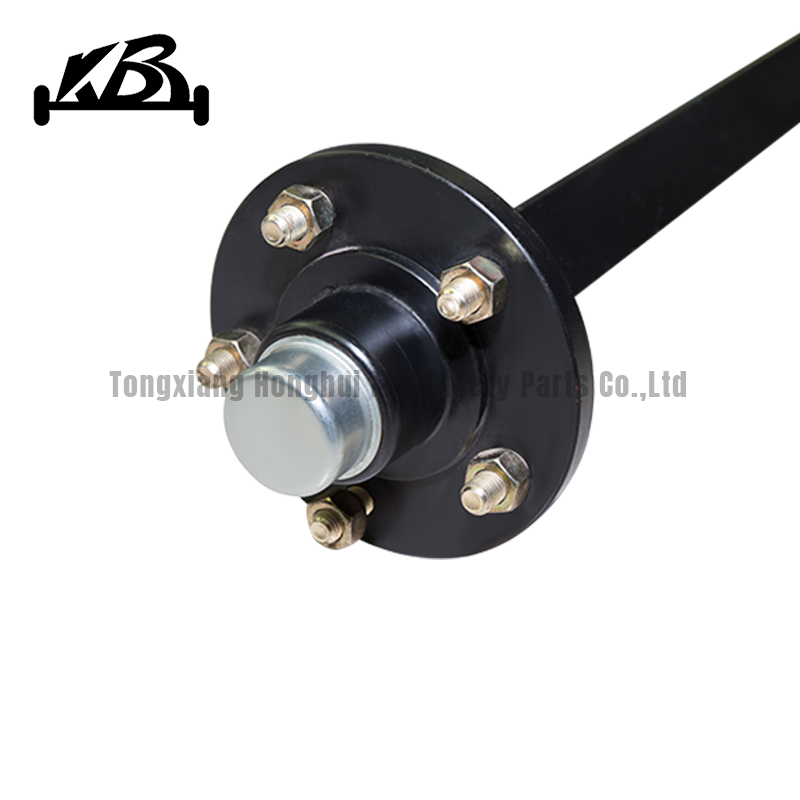In the realm of vehicle and equipment design, the choice between a straight axle with or without a built-in brake system can significantly impact performance, cost, and customization options. Here, we explore the distinct advantages of opting for a straight axle without a built-in brake:
1. Weight Reduction and Performance Enhancement
One of the foremost advantages of utilizing a straight axle without brake is the reduction in overall weight. By eliminating the internal brake mechanism, these axles are inherently lighter compared to their counterparts that include integrated brakes. This weight reduction translates directly into enhanced performance metrics such as agility, acceleration, and fuel efficiency. Vehicles or equipment equipped with lighter axles can maneuver more easily, accelerate quicker, and consume less fuel, making them ideal for applications where speed and efficiency are paramount.
2. Cost Efficiency
From a financial standpoint, straight axles without built-in brakes offer cost savings. The absence of complex internal brake components lowers manufacturing costs, which can lead to reduced purchase prices for consumers. This affordability makes such axles particularly attractive for budget-conscious projects or applications where minimizing initial investment is crucial.

3. Flexibility in Brake Selection
Another significant advantage lies in the flexibility to choose external braking systems that best suit specific operational needs. Without being constrained by a fixed internal brake design, users can select from a variety of braking mechanisms such as mechanical, hydraulic, or electronic systems. This adaptability allows for customization based on factors like load capacity, environmental conditions, and desired braking performance. Whether it's adjusting for varying terrains or optimizing braking power for different payloads, the ability to tailor the braking solution enhances overall operational efficiency and safety.
4. Simplified Maintenance and Serviceability
Maintenance considerations also favor straight axles without built-in brakes. External braking components are often easier to access and service compared to internal brake systems integrated within the axle assembly. This accessibility reduces downtime during maintenance intervals and facilitates quicker repairs or replacements when needed. Simplified maintenance routines contribute to overall operational reliability and can lower long-term maintenance costs, benefiting both users and fleet managers alike.
5. Application-Specific Design Advantages
In terms of design flexibility, vehicles and equipment outfitted with straight axle without brake can adopt a more streamlined and compact form factor. This streamlined design is advantageous in applications where space optimization or aesthetic considerations are important. Additionally, the absence of internal brakes allows for more creative engineering solutions, potentially leading to innovations in vehicle layout or equipment integration.
6. Performance Optimization and Heat Management
Performance enthusiasts and professionals alike appreciate the potential for enhanced performance and heat management with external braking systems. External brakes may dissipate heat more effectively than internal counterparts, reducing the risk of brake fade and prolonging component lifespan under heavy use conditions. Improved heat dissipation contributes to consistent braking performance and reliability, particularly in demanding environments or high-stress situations.



 中文简体
中文简体













